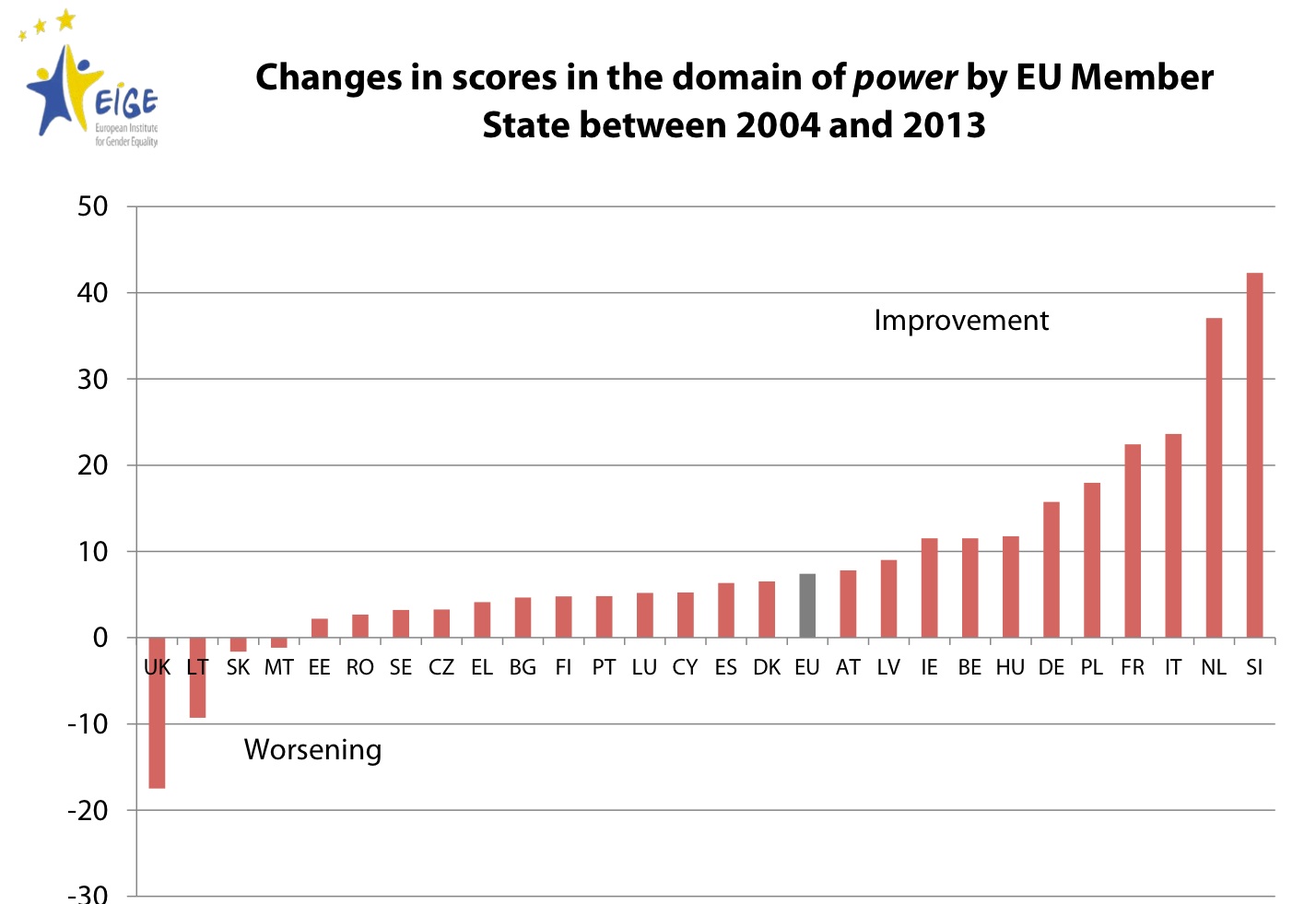
All together now
‘Top City women say time has come to impose quotas for female promotion,’ reports the FT today.
The paper polled more than 30 ‘top City employers’, finding just 19.5% of senior roles (managing director or equivalent) are held by women. This is despite ‘a balanced gender intake’.
While the report quotes some senior women in the City who say it’s time to impose female quotas to ensure more women are represented at the top level, the reservations of a junior female City employee are used to represent opposition to the idea.
‘Quotas cause women to question whether they’ve been promoted by merit,’ the 30-year-old is reported as saying. ‘This comes from their peers and from the women themselves, and is hugely destructive.’
Her objection is not a new one when it comes to arguing the toss about quotas which aim to boost the presence of any minority group. Widely held as it is, it is rarely challenged.
So let’s look at this another way, using labels that don’t burden women by calling their achievements into question.
Let’s say an organisation employs equal numbers of men and women, but, as in the FT study, more than 80% of those at the top are male. Using similar logic to that applied by those who fret that quota-filling women will have their abilities questioned, we must surmise that 37.5%, or three in every eight, of the senior men in the City fear their promotions were not merited.
More than this, unless we believe that men are generally more able than women, some such males have indeed been over-promoted, given the equally split male/female intake.
Yet we do not read quotes from senior City men describing a ‘hugely destructive’ sense that they have risen above their station.
What then if Square Mile employers were to introduce ‘men quotas’? Rather than using fixed targets to boost the number of senior women, why not seek to reduce the number of senior men to 50% and remove the perceived stigma from women who, if the FT’s numbers are to be believed, already have enough trouble getting to the top?
Gender equality is too frequently seen as a ‘women’s matter’. Reframing both the arguments and the interventions used to encourage parity may not work. It may be shouted down as semantics. But isn’t it worth a try?





